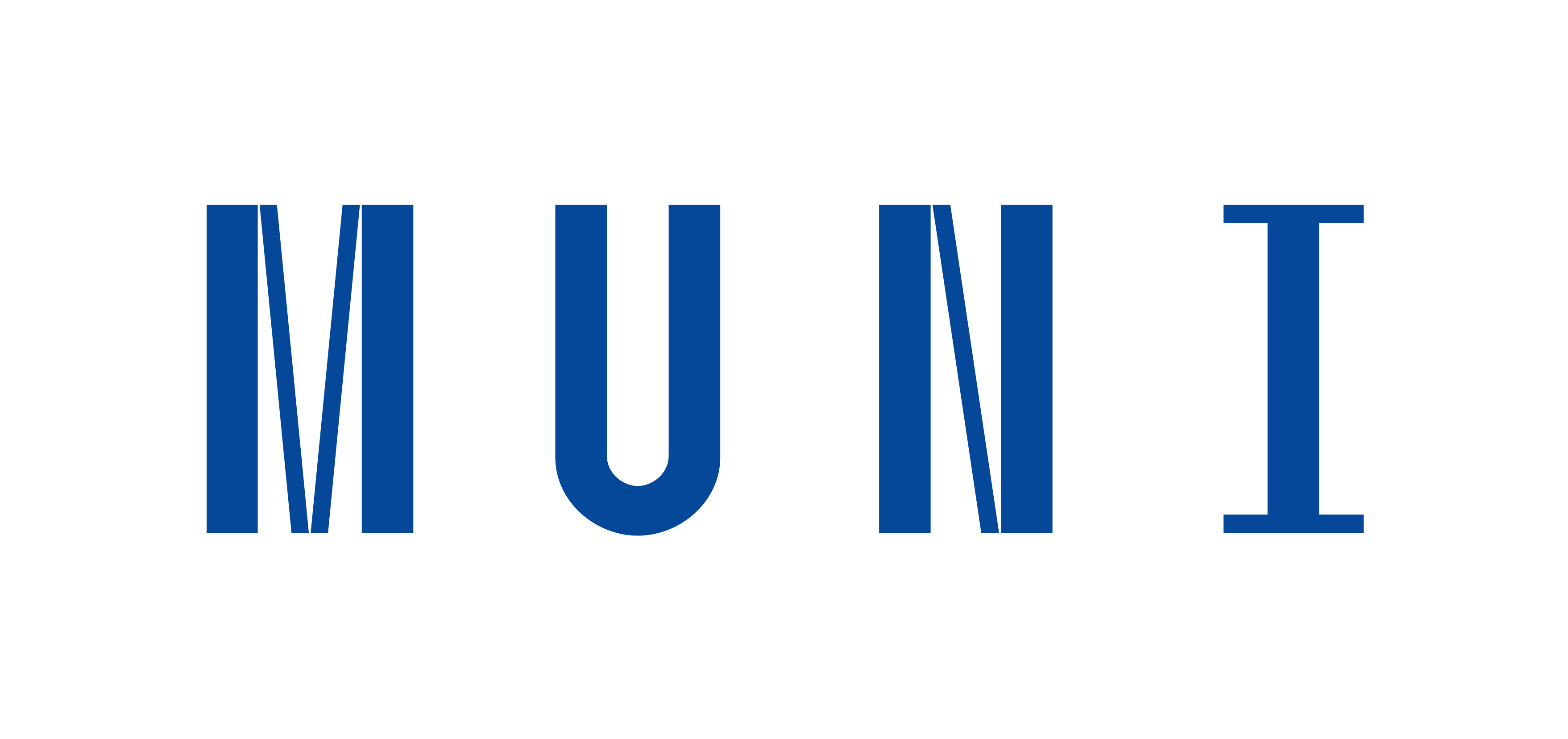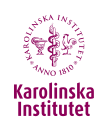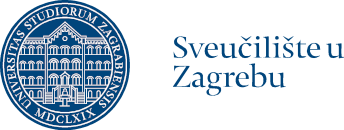List of resources - Professionalism
Al-Eraky, M.M. (2015) ‘Twelve Tips for teaching medical professionalism at all levels of medical education’, Medical Teacher, 37(11), pp. 1018–1025. Available at: https://doi.org/10.3109/0142159X.2015.1020288.
Altirkawi, K. (2014) ‘Teaching professionalism in medicine: what, why and how?’, Sudanese Journal of Paediatrics, 14(1), pp. 31–38.
Ashcroft, J. et al. (2021) ‘Using a Scenario-Based Approach to Teaching Professionalism to Medical Students: Course Description and Evaluation’, JMIR Medical Education, 7(2), p. e26667. Available at: https://doi.org/10.2196/26667.
Bandaranayake, R. (2000) ‘The concept and practicability of a core curriculum in basic medical education’, Medical Teacher, 22(6), pp. 560–563. Available at: https://doi.org/10.1080/01421590050175523.
Biggs, J.B., Tang, C.S. and Kennedy, G. (2022) Teaching for quality learning at university. Fifth edition. Maidenhead: Open University Press.
Birden, H. et al. (2013) ‘Teaching professionalism in medical education: A Best Evidence Medical Education (BEME) systematic review. BEME Guide No. 25’, Medical Teacher, 35(7), pp. e1252–e1266. Available at: https://doi.org/10.3109/0142159X.2013.789132.
Birden, H. et al. (2014) ‘Defining professionalism in medical education: A systematic review’, Medical Teacher, 36(1), pp. 47–61. Available at: https://doi.org/10.3109/0142159X.2014.850154.
Comer, A.R. (2022) ‘The evolving ethics of anatomy: Dissecting an unethical past in order to prepare for a future of ethical anatomical practice’, The Anatomical Record, 305(4), pp. 818–826. Available at: https://doi.org/10.1002/ar.24868.
Cruess, R.L., Cruess, S.R. and Steinert, Y. (eds) (2016) Teaching medical professionalism: supporting the development of a professional identity. Second edition. Cambridge New York: Cambridge University Press.
Cruess, S.R. and Cruess, R.L. (1997) ‘Professionalism must be taught’, BMJ, 315(7123), pp. 1674–1677. Available at: https://doi.org/10.1136/bmj.315.7123.1674.
Fargen, K.M., Drolet, B.C. and Philibert, I. (2016) ‘Unprofessional Behaviors Among Tomorrow’s Physicians: Review of the Literature With a Focus on Risk Factors, Temporal Trends, and Future Directions’, Academic Medicine, 91(6), pp. 858–864. Available at: https://doi.org/10.1097/ACM.0000000000001133.
Finn, G., Garner, J. and Sawdon, M. (2010) ‘“You’re judged all the time!” Students’ views on professionalism: a multicentre study: Students’ views on professionalism: a multicentre study’, Medical Education, 44(8), pp. 814–825. Available at: https://doi.org/10.1111/j.1365-2923.2010.03743.x.
Gallagher, A. (2004) ‘Dignity and Respect for Dignity - Two Key Health Professional Values: implications for nursing Practice’, Nursing Ethics, 11(6), pp. 587–599. Available at: https://doi.org/10.1191/0969733004ne744oa.
Harden, R.M. (2001) ‘AMEE Guide No. 21: Curriculum mapping: a tool for transparent and authentic teaching and learning’, Medical Teacher, 23(2), pp. 123–137. Available at: https://doi.org/10.1080/01421590120036547.
Iorio, S. et al. (2022) ‘Soft Skills Are Hard Skills—A Historical Perspective’, Medicina, 58(8), p. 1044. Available at: https://doi.org/10.3390/medicina58081044.
Jha, V. et al. (2015) ‘Medical professionalism across cultures: a challenge for medicine and medical education’, Medical Teacher, 37(1), pp. 74–80. Available at: https://doi.org/10.3109/0142159X.2014.920492.
Kirk, L.M. (2007) ‘Professionalism in Medicine: Definitions and Considerations for Teaching’, Baylor University Medical Center Proceedings, 20(1), pp. 13–16. Available at: https://doi.org/10.1080/08998280.2007.11928225.
Lawrence, C. et al. (2018) ‘The Hidden Curricula of Medical Education: A Scoping Review’, Academic Medicine, 93(4), pp. 648–656. Available at: https://doi.org/10.1097/ACM.0000000000002004.
Maio, G. (2017) Mittelpunkt Mensch: Lehrbuch der Ethik in der Medizin - Mit einer Einführung in die Ethik der Pflege. 2., überarbeitete und erweiterte Auflage. Stuttgart: Schattauer.
Mak-van Der Vossen, M. et al. (2017) ‘Descriptors for unprofessional behaviours of medical students: a systematic review and categorisation’, BMC Medical Education, 17(1), p. 164. Available at: https://doi.org/10.1186/s12909-017-0997-x.
Nafea, T.E. (2024) ‘Professional Values and Ethics in Medical Education’, in Education and Human Development. IntechOpen. Available at: https://doi.org/10.5772/intechopen.114233.
O’Sullivan, H. et al. (2012) ‘Integrating professionalism into the curriculum: AMEE Guide No. 61’, Medical Teacher, 34(2), pp. e64–e77. Available at: https://doi.org/10.3109/0142159X.2012.655610.
Palmer, E.G., Reddy, R.K. and Laughey, W. (2021) ‘Teaching Professionalism to Medical Students Using Dissection-Based Anatomy Education: a Practical Guide’, Medical Science Educator, 31(1), pp. 203–213. Available at: https://doi.org/10.1007/s40670-020-01137-2.
Patel, S. et al. (2019) ‘Curricula for empathy and compassion training in medical education: A systematic review’, PLOS ONE. Edited by C. Lamm, 14(8), p. e0221412. Available at: https://doi.org/10.1371/journal.pone.0221412.
Rukadikar, C. et al. (2022) ‘A review on cultural competency in medical education’, Journal of Family Medicine and Primary Care, 11(8), p. 4319. Available at: https://doi.org/10.4103/jfmpc.jfmpc_2503_21.
Sæteren, B. and Nåden, D. (2021) ‘Dignity: An Essential Foundation for Promoting Health and Well-Being’, in G. Haugan and M. Eriksson (eds) Health Promotion in Health Care – Vital Theories and Research. Cham: Springer International Publishing, pp. 71–84. Available at: https://doi.org/10.1007/978-3-030-63135-2_7.
Shapiro, J. (2018) ‘Confronting unprofessional behaviour in medicine’, BMJ (Clinical research ed.), 360, p. k1025. Available at: https://doi.org/10.1136/bmj.k1025.
Swartz, W.J. (2006) ‘Using gross anatomy to teach and assess professionalism in the first year of medical school’, Clinical Anatomy, 19(5), pp. 437–441. Available at: https://doi.org/10.1002/ca.20331.
Swick, H.M. (2000) ‘Toward a normative definition of medical professionalism’, Academic Medicine: Journal of the Association of American Medical Colleges, 75(6), pp. 612–616. Available at: https://doi.org/10.1097/00001888-200006000-00010.
Thistlethwaite, J.E. (2021) ‘Curriculum Development in Interprofessional Education in Health’, in I. Darmann-Finck and K. Reiber (eds) Development, Implementation and Evaluation of Curricula in Nursing and Midwifery Education. Cham: Springer International Publishing, pp. 211–226. Available at: https://doi.org/10.1007/978-3-030-78181-1_12.
Thwin, E.P.A. (2017) ‘Practical Tips for Effective and Efficient Anatomy Teaching’, Medical Science Educator, 27(2), pp. 363–370. Available at: https://doi.org/10.1007/s40670-017-0390-8.
Van Mook, W.N.K.A. et al. (2009) ‘Professionalism: Evolution of the concept’, European Journal of Internal Medicine, 20(4), pp. e81–e84. Available at: https://doi.org/10.1016/j.ejim.2008.10.005.
Vivanco, L. and Delgado-Bolton, R. (2015) ‘Professionalism’, in H. Ten Have (ed.) Encyclopedia of Global Bioethics. Cham: Springer International Publishing, pp. 1–9. Available at: https://doi.org/10.1007/978-3-319-05544-2_353-1.
Wasserman, J.A., Redinger, M. and Gibb, T. (2020) ‘Responding to Unprofessional Behavior by Trainees — A “Just Culture” Framework’, New England Journal of Medicine. Edited by D. Malina, 382(8), pp. 773–777. Available at: https://doi.org/10.1056/NEJMms1912591.
Wilkinson, T.J., Wade, W.B. and Knock, L.D. (2009) ‘A blueprint to assess professionalism: results of a systematic review’, Academic Medicine: Journal of the Association of American Medical Colleges, 84(5), pp. 551–558. Available at: https://doi.org/10.1097/ACM.0b013e31819fbaa2.
Yahyavi, S.T., Hoobehfekr, S. and Tabatabaee, M. (2021) ‘Exploring the hidden curriculum of professionalism and medical ethics in a psychiatry emergency department’, Asian Journal of Psychiatry, 66, p. 102885. Available at: https://doi.org/10.1016/j.ajp.2021.102885.
Yuen, J. (2020) ‘What Is the Role of 3D Printing in Undergraduate Anatomy Education? A Scoping Review of Current Literature and Recommendations’, Medical Science Educator, 30(3), pp. 1321–1329. Available at: https://doi.org/10.1007/s40670-020-00990-5.






